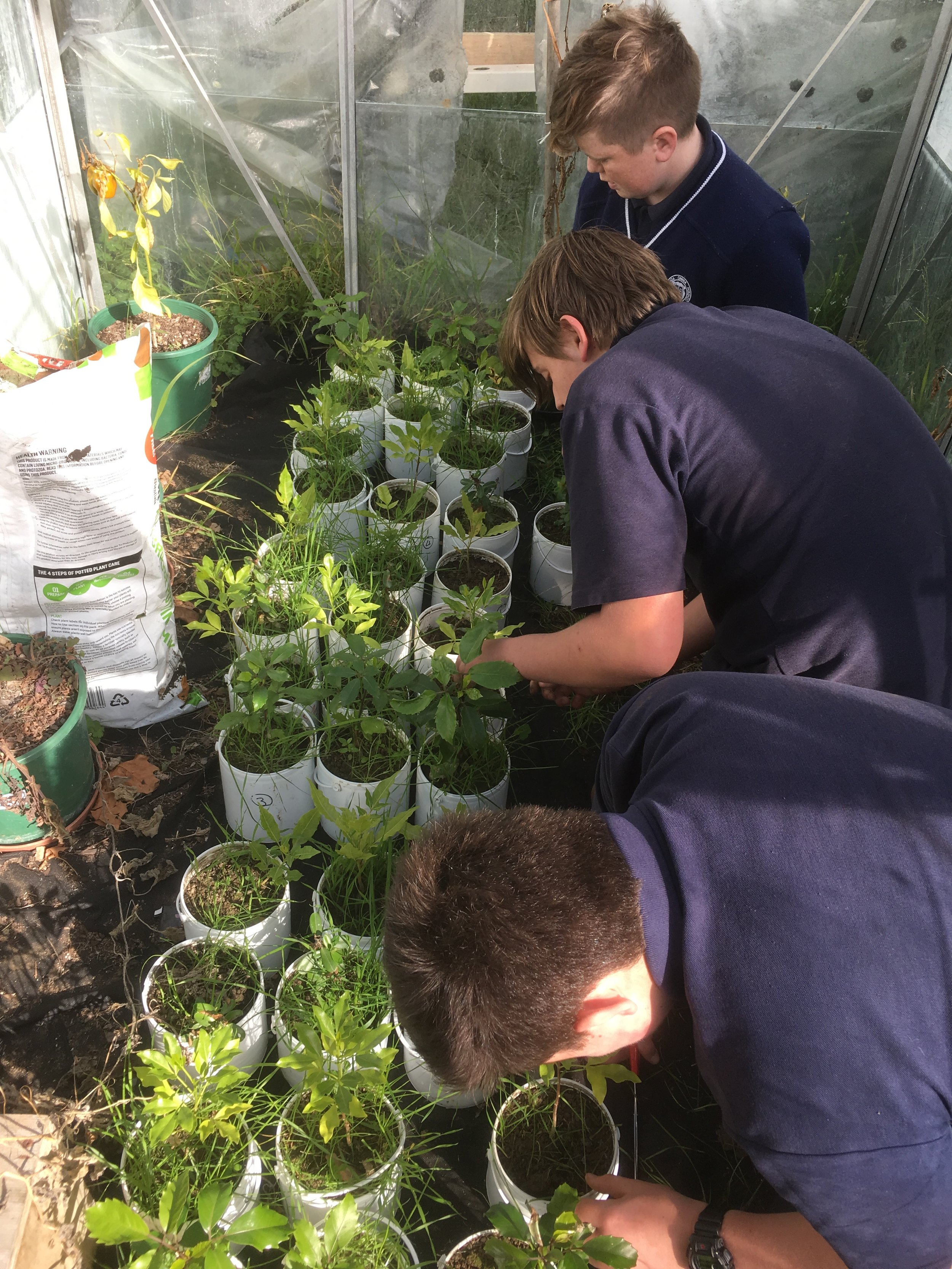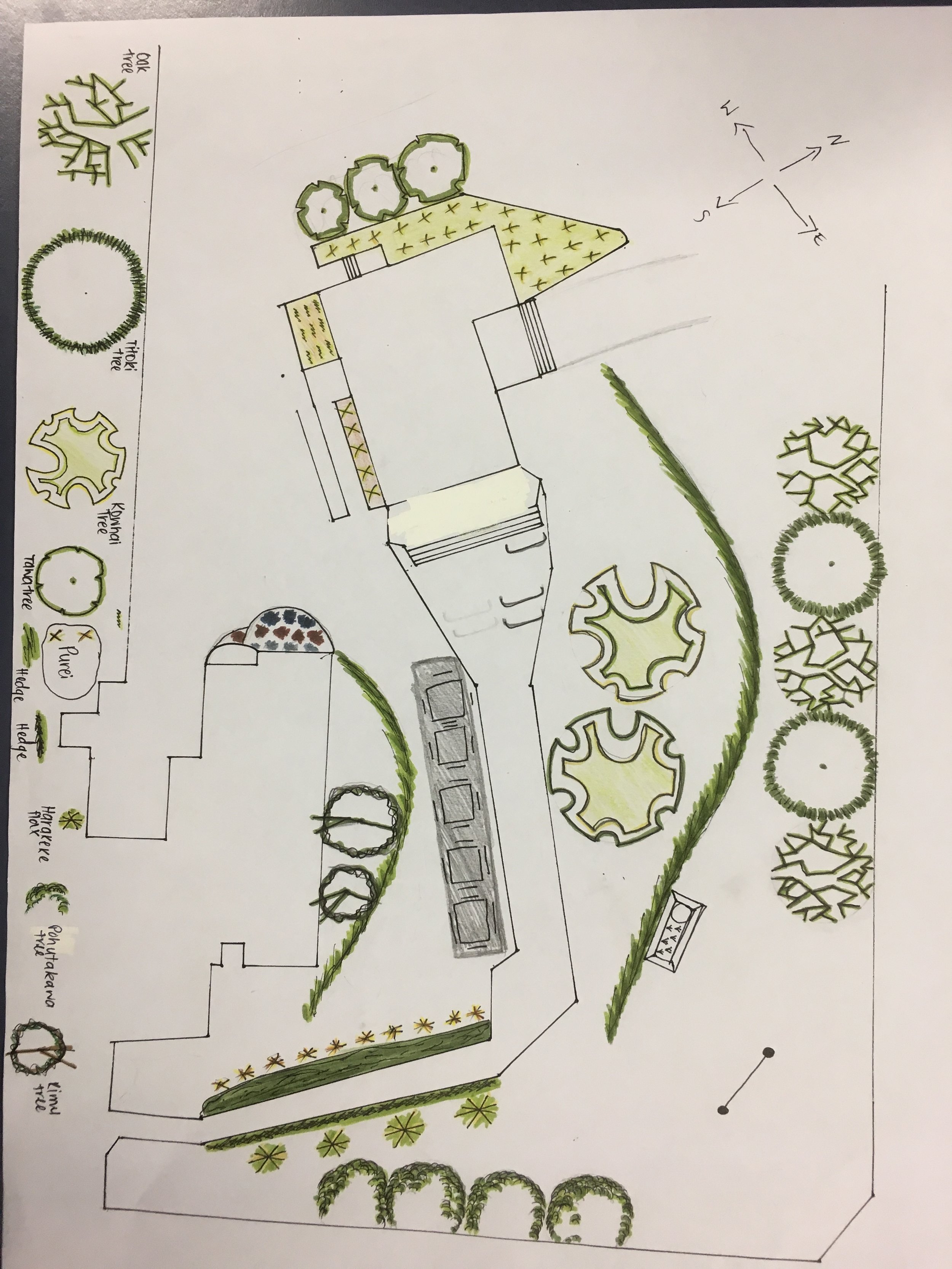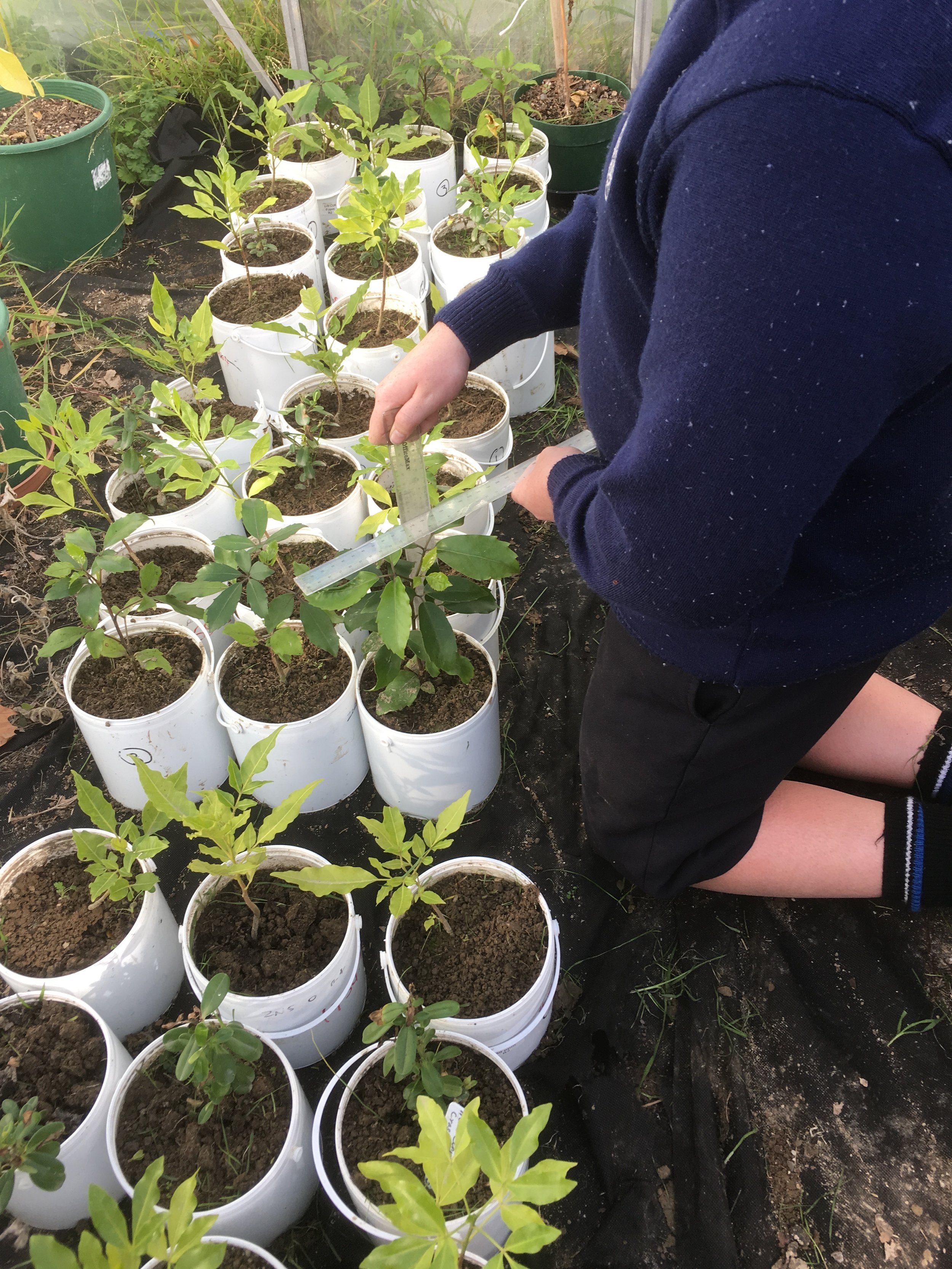Communicating science Whanganui
Whanganui students have currently created their own greywater system at school as a means of furthering the learning received. Native plants have been supplied through PTC. The group are watering the plants with tap water, eco grey water, and grey water.
Students are also communicating their learning through a blogpage that they have developed. The blog continues to provide useful information to the wider Whanganui community and whanau about the environmental benefits of greywater.
In the long term, the team plans to test their system by first observing how good the plants are at lowering nutrients in water from Virginia Lake/ Rotokawau. There is a lot of interest in the health of the lake in Whanganui. In February 2016, it was widely observed that algae turned Virginia Lake brighter shade of green.
Students are currently taking weekly water samples and monitoring water quality over the course, utilising some of the skills gained through their previous engagement with Indigenous Sparks program. The measurements taken include phosphate and nitrate indicators, as well as pH, oxygen, turbidity, conductivity, coliforms etc. Overall these can eventually give a really good picture of how water quality influences algal blooms.
According to Mr Osborne, “the purpose of passing the lake water through our plant filtration system is to find out whether a more sympathetic planting regime around the lake might improve water quality or to see if native plants might just lower nutrient levels in the lake”.
For the latest update read their kaitiakitanga for tomorrow blog page.








